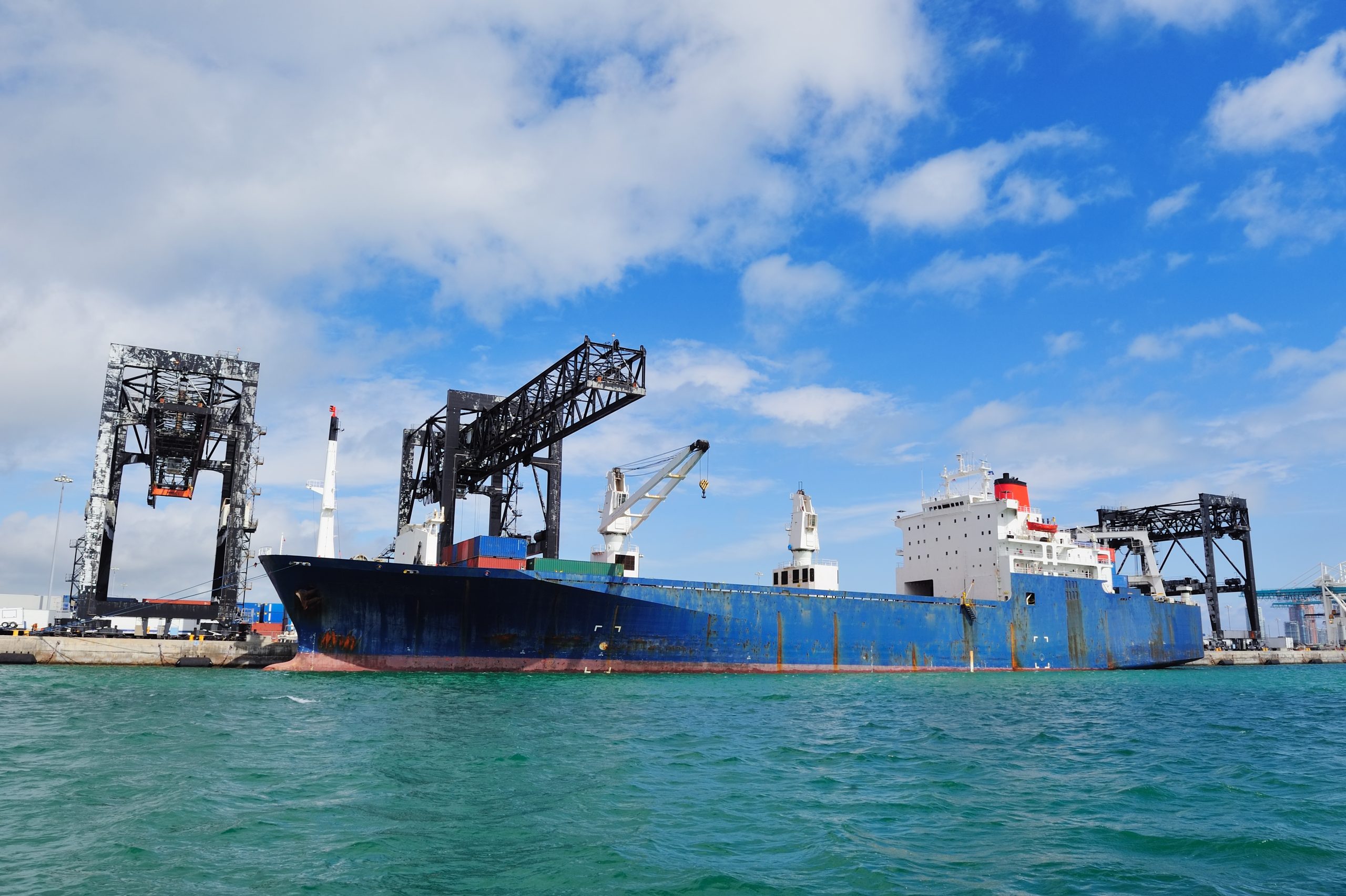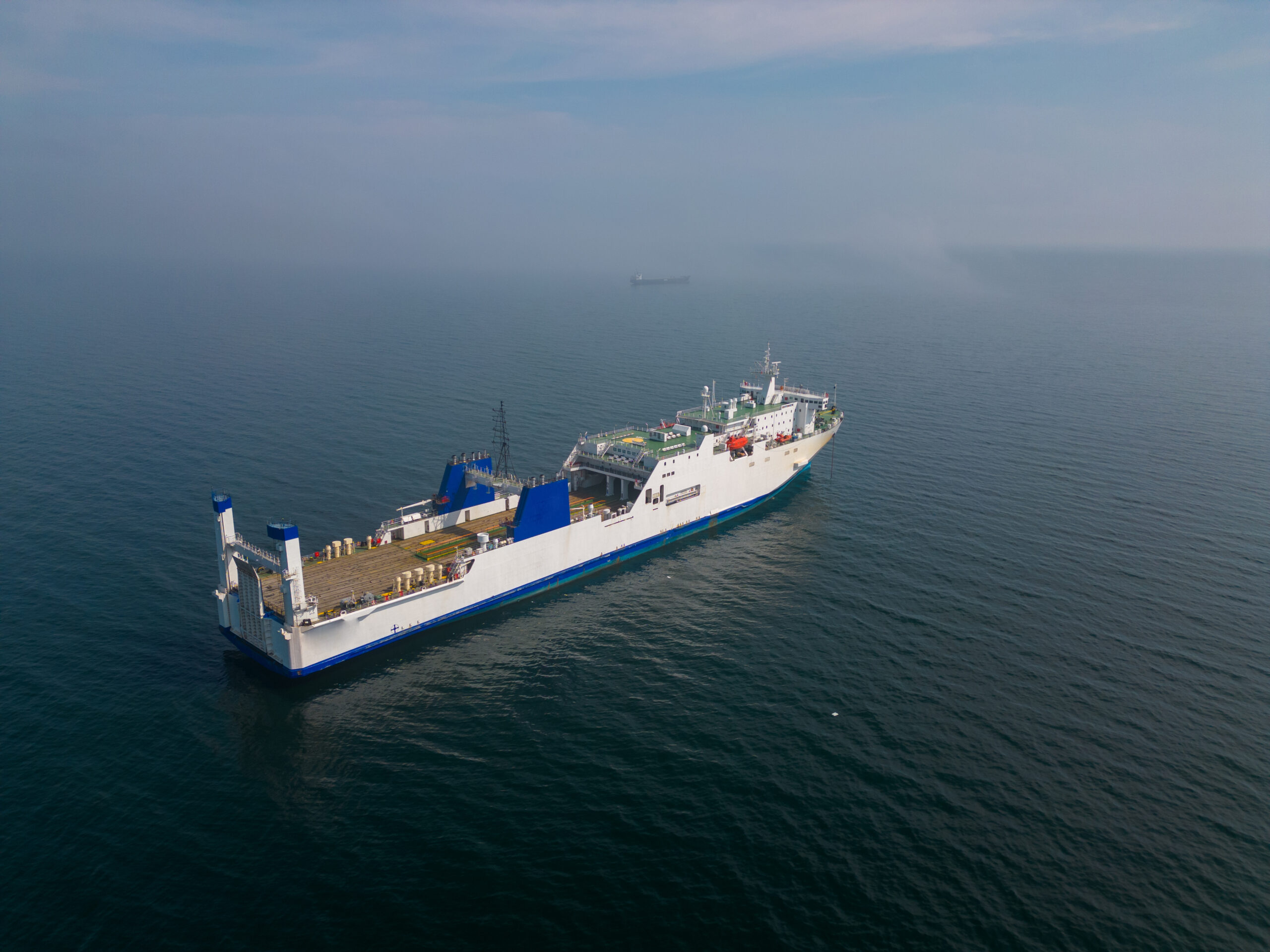As the maritime sector faces mounting pressure to reduce its carbon footprint, the search for cleaner, more efficient energy sources has never been more urgent. With conventional marine fuels like heavy fuel oil and marine diesel oil increasingly falling out of favor due to their environmental impact, hydrogen fuel cells have emerged as a potential game changer. Promising zero-emission operation and higher efficiency, hydrogen fuel cells are attracting interest from shipbuilders, operators, and policymakers alike. However, as with any emerging technology, there are both significant advantages and notable challenges to overcome before hydrogen can power the shipping industry at scale.
Understanding Hydrogen Fuel Cells
Hydrogen fuel cells generate electricity through an electrochemical reaction that combines hydrogen with oxygen. Unlike conventional combustion processes, which produce a range of pollutants, the reaction in a fuel cell produces only water and a modest amount of heat. This inherent cleanliness makes hydrogen fuel cells an attractive option for an industry keen on reducing its environmental impact. The electricity produced can either be used directly to power electric propulsion systems or integrated into hybrid setups alongside batteries and conventional engines.
The Upside: Advantages of Hydrogen Fuel Cells
Emission-Free Operation at Point of Use
Perhaps the most appealing feature of hydrogen fuel cells is their potential for zero-emission operation. When green hydrogen produced through electrolysis powered by renewable energy is used, the only byproduct is water. This stands in stark contrast to the harmful emissions from fossil fuels. In ports and coastal regions where air quality is a major concern, such a reduction in pollutants can have immediate benefits for both public health and marine ecosystems.
High Conversion Efficiency
Hydrogen fuel cells are known for their impressive efficiency, often converting chemical energy into electrical energy at rates far more favourably to traditional combustion engines. In practical terms, higher efficiency means that, over the long haul, ships may consume less fuel and incur lower operational costs—an attractive proposition for fleet operators under constant economic pressures.
Quieter Operation
Noise pollution is not only an environmental issue; it also affects communities living near busy ports and shipping lanes. Hydrogen fuel cells operate almost silently compared to the roaring engines of traditional ships. This quiet operation can lead to a better quality of life for people in coastal regions and reduce the overall noise impact on marine life, which is often sensitive to acoustic disturbances.
Flexibility and Scalability
One of the strategic advantages of hydrogen fuel cells is their adaptability. Whether for a small ferry navigating inland waterways or a large ocean-going cargo vessel, hydrogen systems can be tailored to meet diverse energy needs. The modular nature of fuel cell technology allows for scaling up or down based on a ship’s specific requirements, offering ship designers a versatile tool in the drive for cleaner propulsion systems.
Integration with Renewable Energy Sources
Hydrogen is an excellent energy carrier. In periods of surplus renewable energy generation, such as during high winds or bright sunny days, excess power can be used to produce hydrogen via water electrolysis. This process not only provides a means of storing renewable energy but also supports the long-term goal of decarbonising maritime transport. By linking hydrogen production directly to renewables, the shipping industry can gradually move away from fossil fuels while building resilience into its energy supply chain.
Extended Range for Long Voyages
Battery-electric systems are beginning to gain traction in the shipping industry, but they are typically limited by range, particularly on long-haul journeys. Hydrogen fuel cells, with their higher energy density relative to current battery technologies, offer a more practical solution for vessels undertaking extended voyages. This makes them especially suitable for deep-sea shipping, where the need for reliable, long-duration power is critical.
The Downside: Challenges Facing Hydrogen Fuel Cells
Despite the many benefits, the path to widespread adoption of hydrogen fuel cells in shipping is not without its hurdles. Several technical, infrastructural, and economic challenges must be addressed.
Infrastructure Development
A major barrier to the implementation of hydrogen fuel cells is the current lack of a comprehensive hydrogen infrastructure. Unlike fossil fuels, which benefit from a global network of bunkering facilities, hydrogen refuelling stations are sparse. Developing a robust infrastructure requires significant investment and collaboration among governments, energy providers, and maritime organisations. The scale of this challenge means that the transition to hydrogen-powered shipping will likely be gradual.
Production Costs and Sustainability
Currently, much of the hydrogen produced globally is derived from fossil fuels through processes such as steam methane reforming—a method that undercuts the environmental benefits of hydrogen fuel cells. Blue hydrogen, which captures and stores the CO₂ emissions from this process, is a more readily available alternative in the short term. Transitioning to green hydrogen, which is produced using renewable energy, is essential for achieving true sustainability. However, green hydrogen production is still in its early stages and remains significantly more expensive than conventional hydrogen production. Until economies of scale are achieved, the high cost of green hydrogen may limit its adoption.
Safety Concerns
Hydrogen is highly flammable, and its propensity to leak means that safety is paramount. Although modern fuel cell systems incorporate advanced leak detection and automatic shutdown features, the risks associated with hydrogen storage and use cannot be entirely eliminated. Ensuring that hydrogen fuel cells meet the highest safety standards is critical for gaining the confidence of regulators, insurers, and the shipping community at large.
Hydrogen fuel cells present a promising pathway toward a cleaner, more sustainable future for the shipping industry. Their ability to operate with zero emissions, coupled with high energy efficiency and quieter operation, positions them as a compelling alternative to conventional marine fuels. However, the transition is not without challenges. From infrastructure deficiencies and storage complexities to high production costs and safety concerns, there are significant obstacles to overcome.
The journey toward widespread adoption of hydrogen fuel cells will require sustained investment in technology and infrastructure, as well as close collaboration among industry stakeholders, governments, and researchers. As the maritime sector continues to explore hybrid propulsion systems and integrated renewable energy solutions, the role of hydrogen is likely to grow. With ongoing advancements and increasing support for green technologies, hydrogen fuel cells could eventually become a cornerstone of sustainable shipping—helping to reduce the environmental impact of global trade and drive the industry toward a more resilient future.
While the road ahead is challenging, the potential benefits of hydrogen fuel cells make the pursuit worthwhile. By addressing the current limitations and investing in innovative solutions, the maritime industry can harness the power of hydrogen to achieve long-term sustainability goals, transforming shipping into a cleaner, quieter, and more efficient mode of transport.





